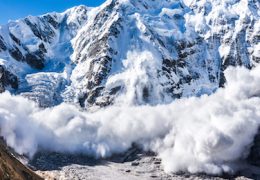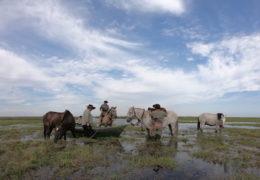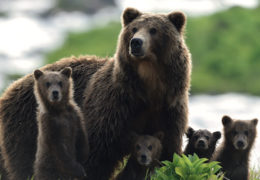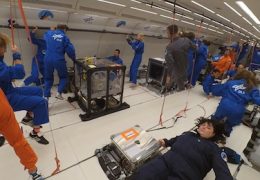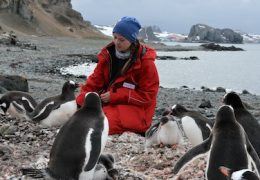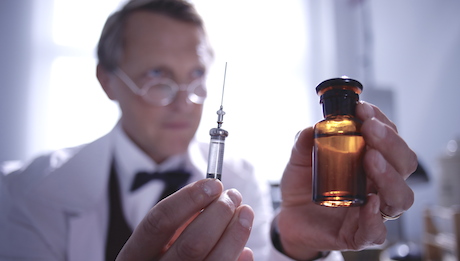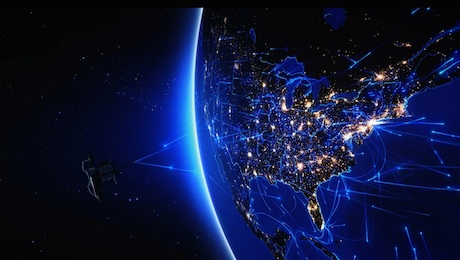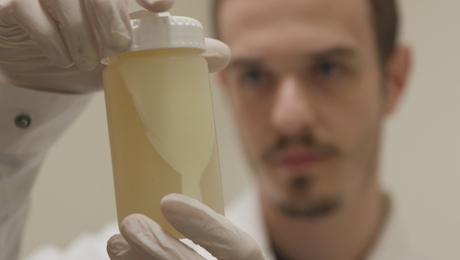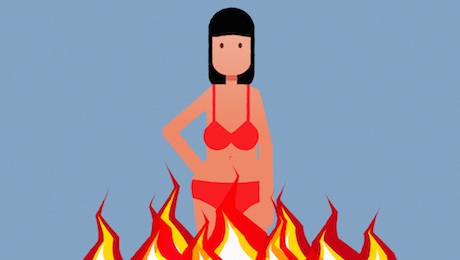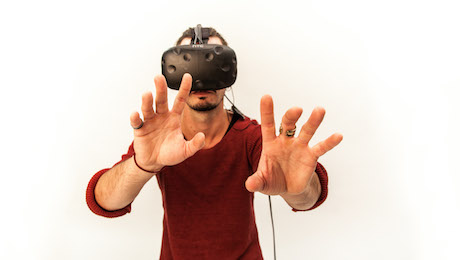THE SCIENCE OF AVALANCHES
At the Institute for Snow and Avalanche Research (SLF) in Davos, scientists investigate the conditions that trigger avalanches and the impact climate change is having on the formation and nature of avalanches. We spend a winter season following scientists, snow profilers and researchers as they work in the Alps.
